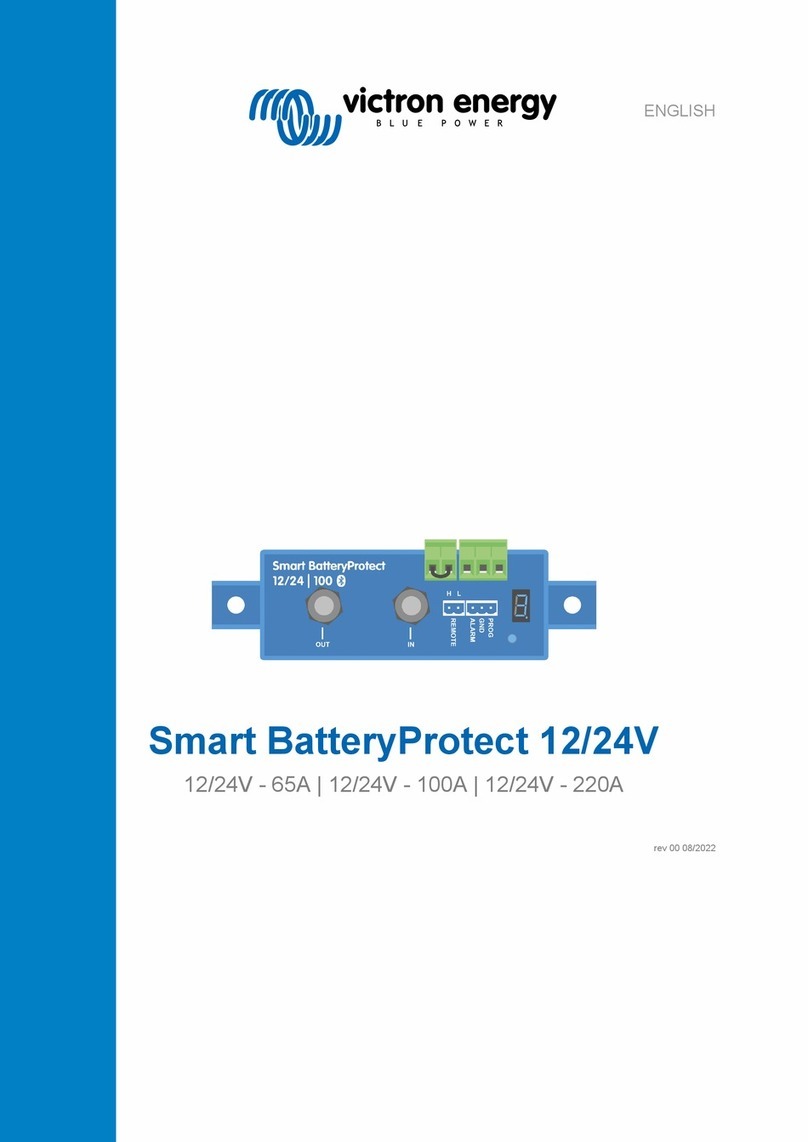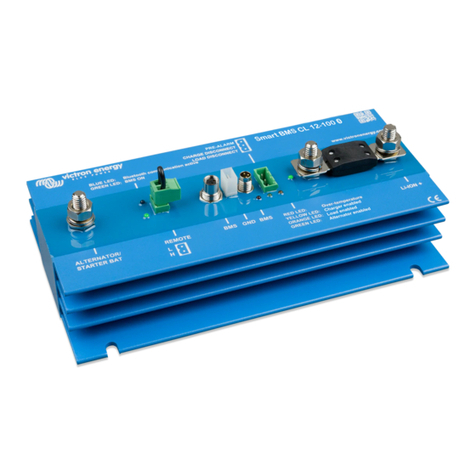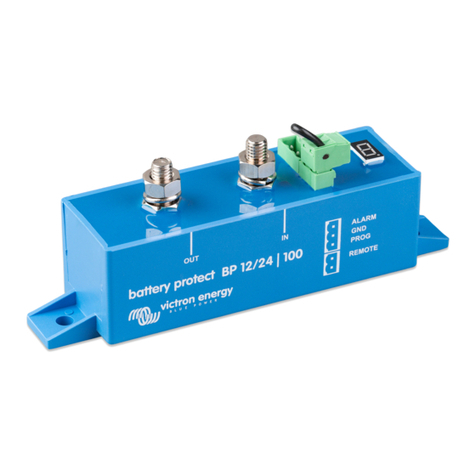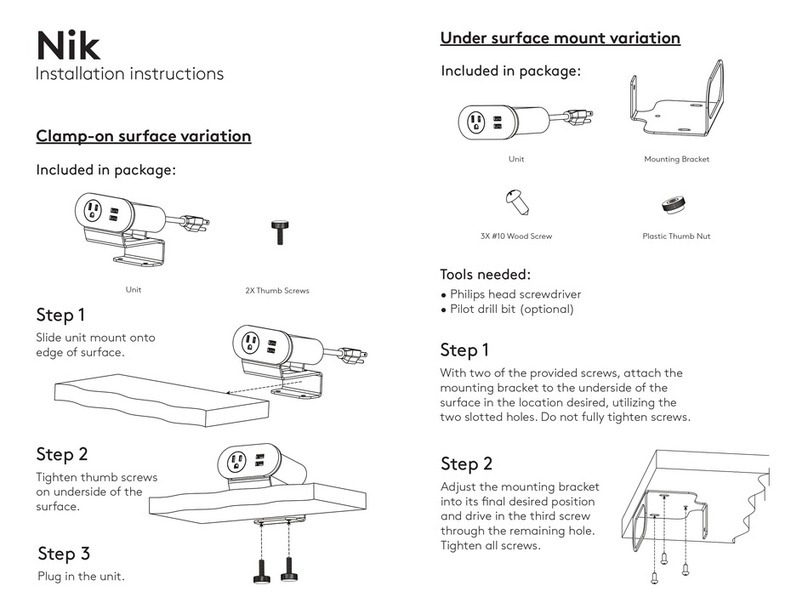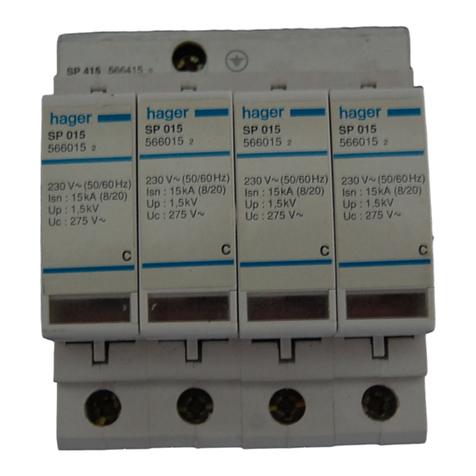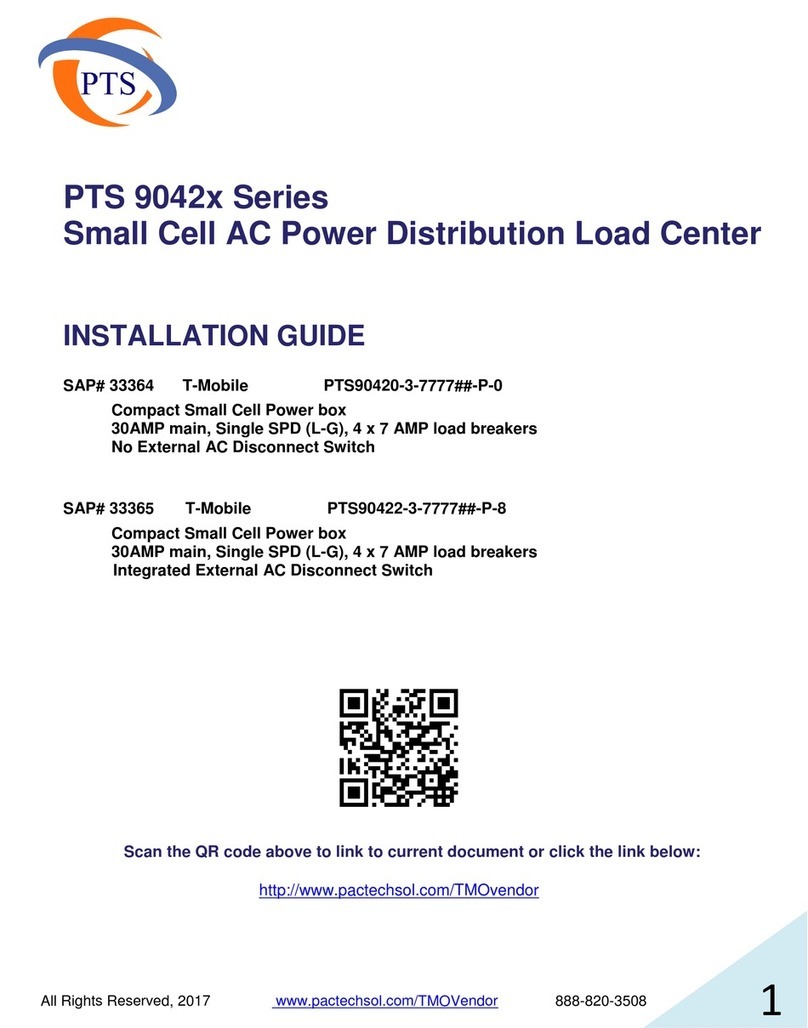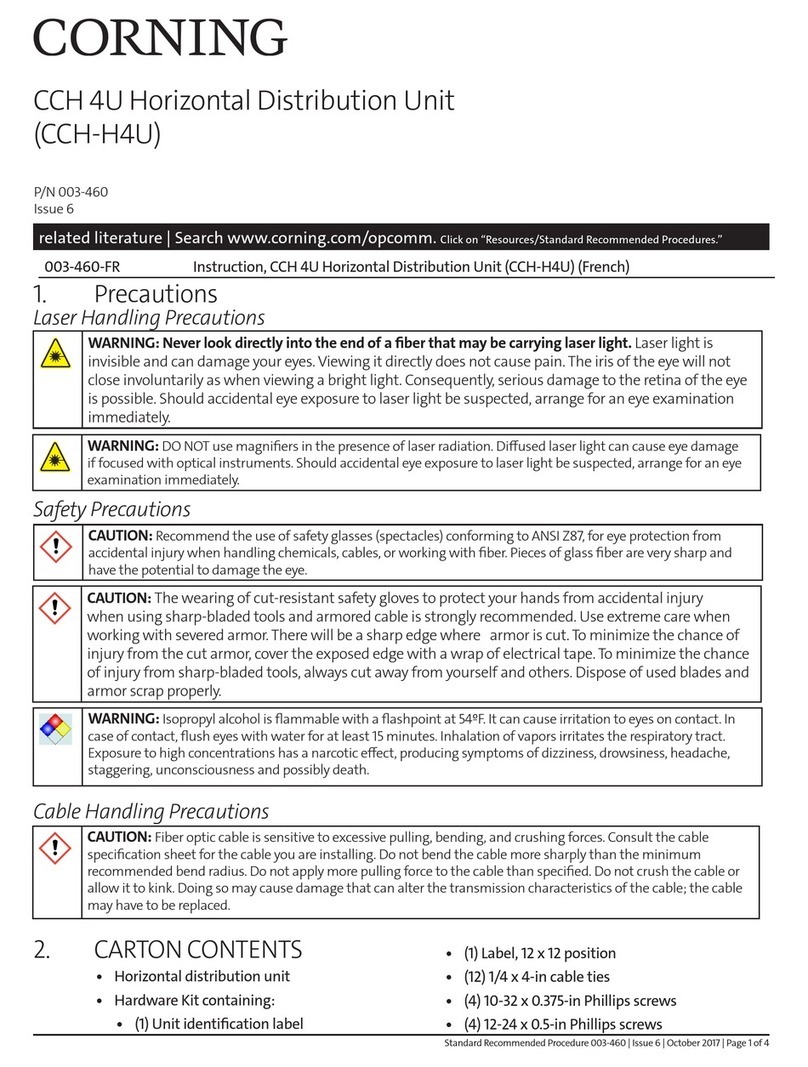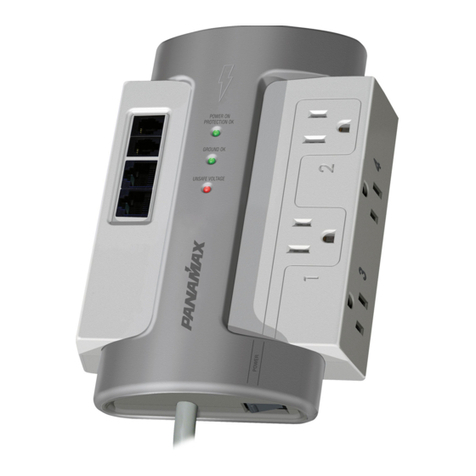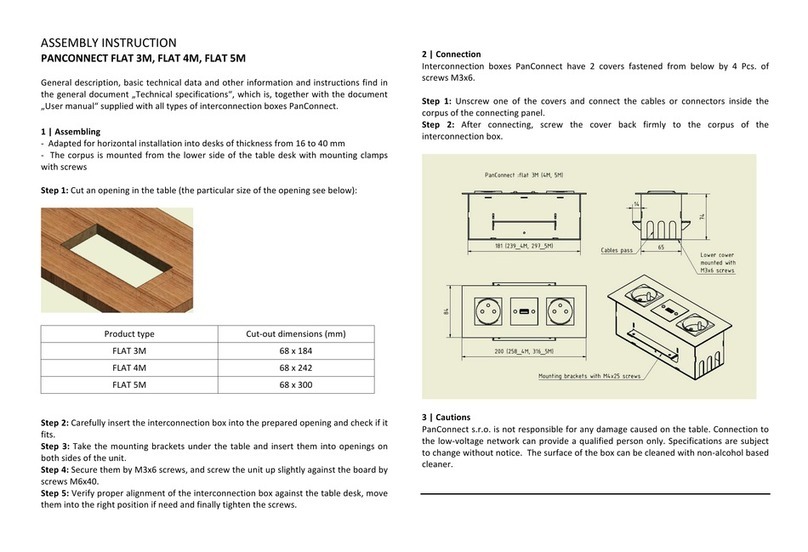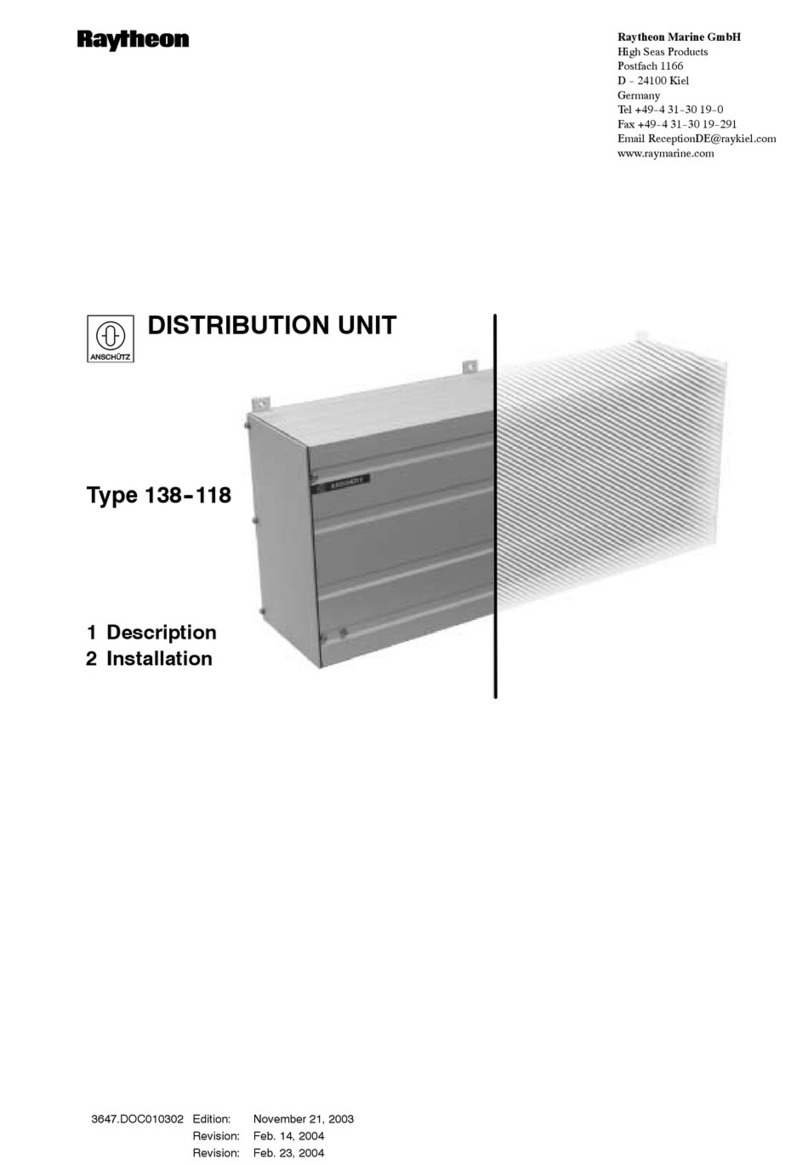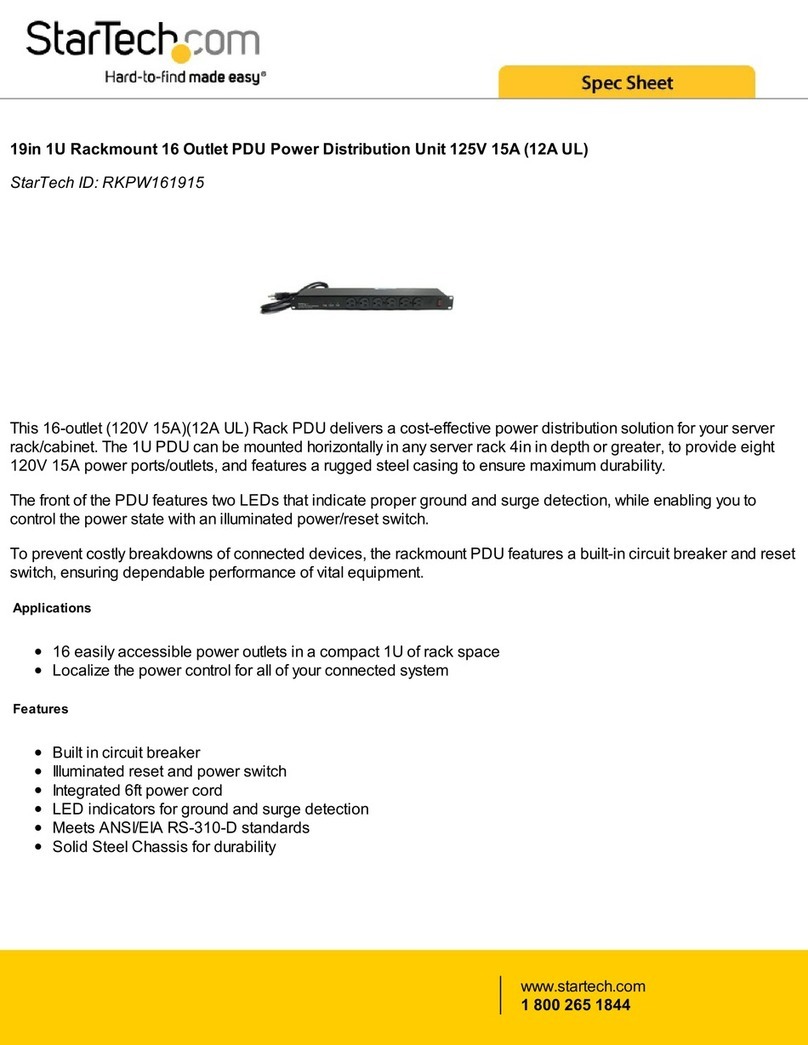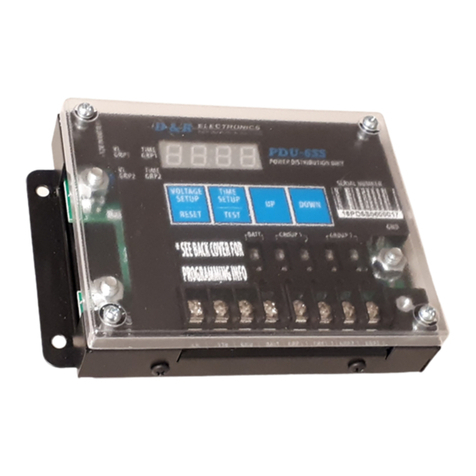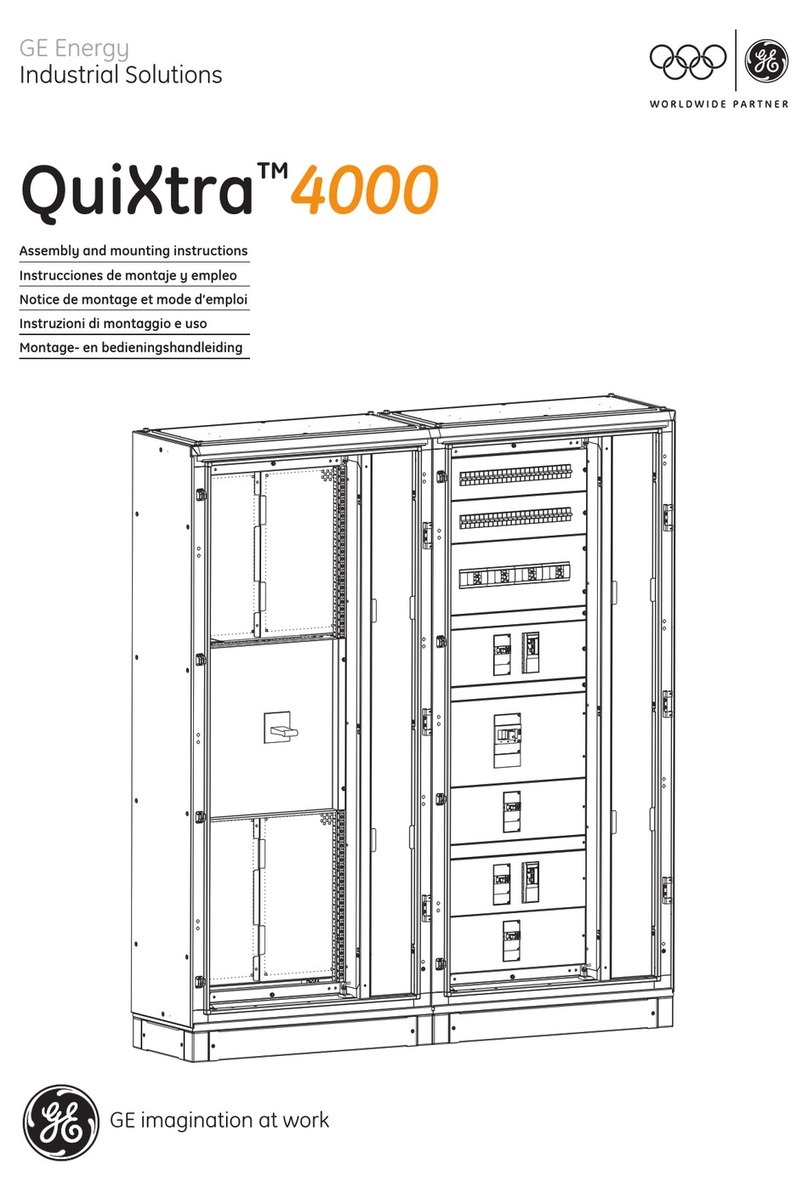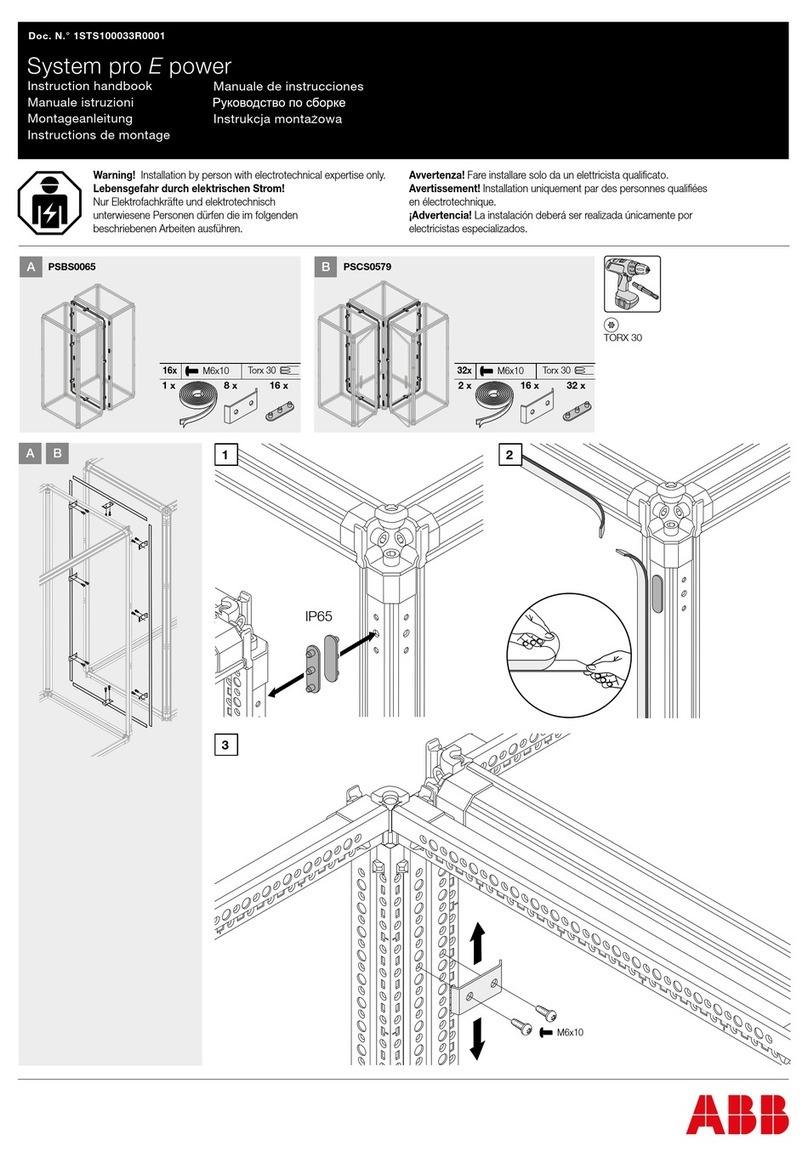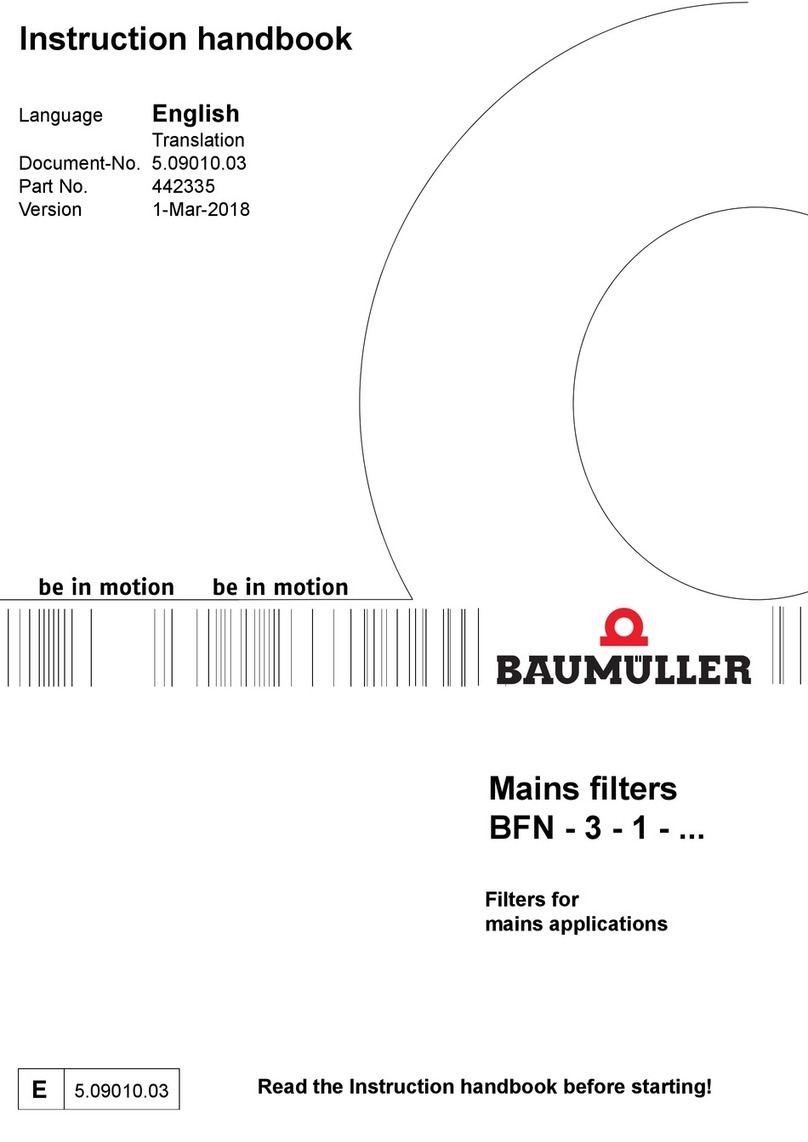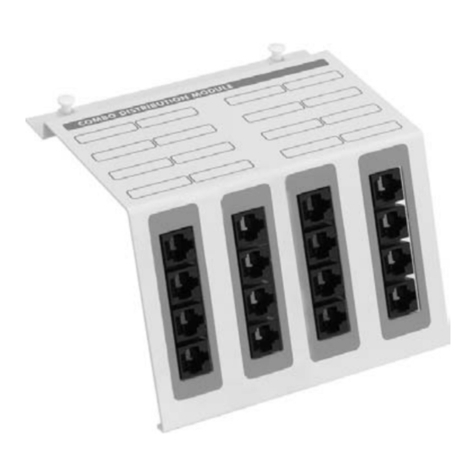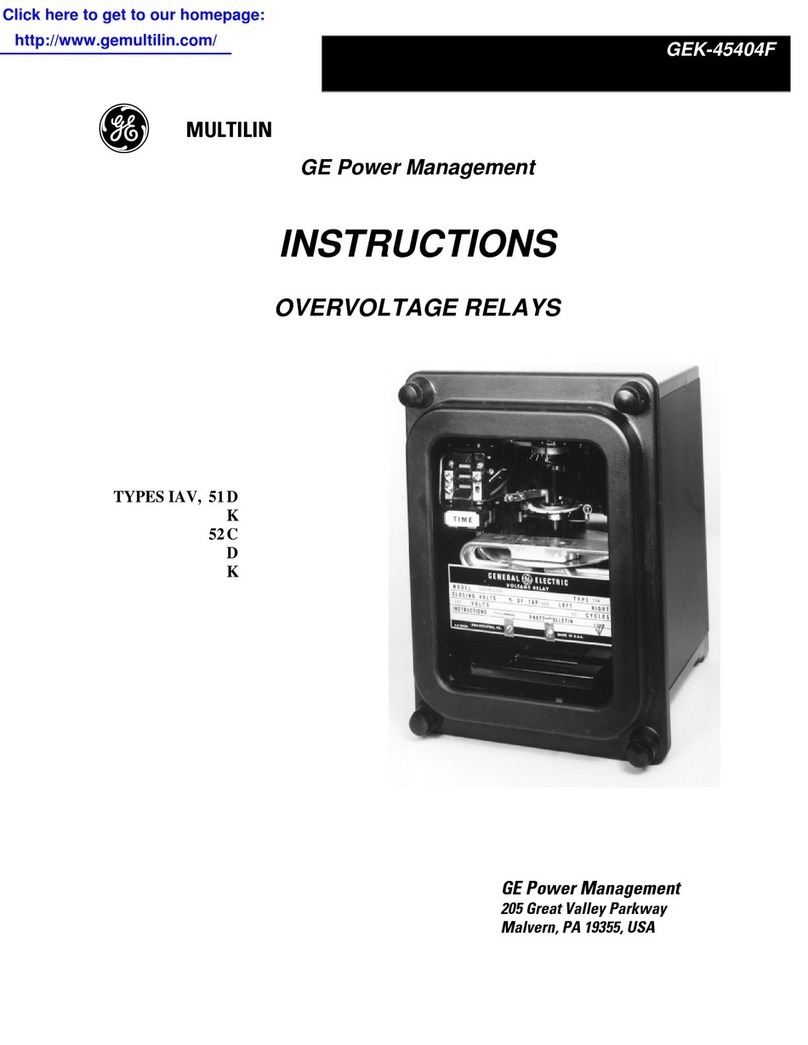Installation & operation manual
3
victron ener
gy
B L U E P O W E R
Table of contents
1Introduction .............................................. 4
1.1 General 4
VE.Net DC......................................... 4
Features ............................................4
About this manual.............................. 4
1.2 Safety 4
General..............................................4
Modifications .....................................4
Service and technical support ...........4
1.3 Overview 5
Overview of components................... 5
2Installation................................................ 6
2.1 Install the system............................... 6
Precautions .......................................6
Calculate the needed power.............. 7
Select the nodes................................ 8
Routing from the appliance(s) to the
node ..................................................9
Routing of the bus cable and main
fuse box........................................... 10
Install the main fuse box.................. 11
Connect to the battery .....................12
Connect the direct power nodes
(DPN) ..............................................13
Install the switch panel ....................14
Install the node ................................16
2.2 Configure the system.......................19
Priority .............................................19
Switch mode ....................................19
Navigation lights ..............................19
Bilge-pump ......................................19
Feedback defective lamp/cable .......19
Reconfigure .....................................19
Store the configuration ....................19
2.3 Start the system the first time ..........20
Configure one switch to one node ...21
Configure one switch to more than
one node..........................................21
Configure more than one switch to
one node..........................................22
Change priority ................................22
Change feedback of defective
lamp/wire .........................................23
Delete connection between switch
and node..........................................24
3Operation .............................................. 25
Push button panel overview............ 25
Switch on the system...................... 26
Background light ............................. 26
Warning lights ................................. 27
Indications of the appliances .......... 27
Detection of doors and hatches ...... 28
Direct Power Node (DPN)............... 29
Switch off the system...................... 30
4Maintenance.......................................... 31
4.1 Troubleshooting .............................. 31
4.2 Replace the node............................ 32
If no new nodes are available: ........ 32
4.3 Technical specifications.................. 33
4.4 Spare parts 34
5Appendix ............................................... 36
Configuration table (3x)................... 36


